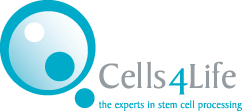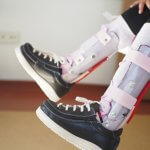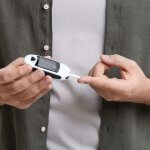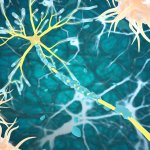The emotional and physical journey of pregnancy is an exciting and fascinating time for women. As expectant mums become more knowledgeable about their pregnancies, they begin to wonder about the development of their baby inside the womb. A common question that is asked by many mothers is “how do babies breathe in the womb?”
You may be surprised to hear that babies don’t breathe in the womb as we understand “breathing”. In fact, babies don’t use their lungs for breathing until they take their first breath outside the womb. But that doesn’t mean they don’t get oxygen. Instead, babies rely on receiving oxygen to their developing organs through their mother’s breathing.
The cord of life
As you probably already know, the umbilical cord provides the essential lifeline between mother and baby. Throughout pregnancy, the placenta and the umbilical cord are arguably the most important organs which enable your baby to develop and get everything it needs from its mother – and this includes oxygen.
Every breath that the mother takes brings oxygen into her bloodstream, which is then carried to the placenta through the umbilical cord and into the baby. The baby’s heart will then pump the oxygenated blood out to the body to help it continue to grow and develop.
How do my baby’s lungs develop?
In the womb, your baby’s lungs begin to develop around the third week of pregnancy. By week 16, the general structure of their lungs is in place. They then continue to develop – with their airways lengthening and the capillaries in the lungs rapidly expanding. By doing so, the lungs are then able to develop the ability to exchange oxygen and carbon dioxide.
Throughout pregnancy, the womb is filled with amniotic fluid. This means that so too are the lungs. This amniotic fluid is vital to allow the lungs to expand and develop normally. By weeks 10 and 11 of pregnancy, the baby starts to inhale tiny bits of the amniotic fluid.
This inhalation is more like a swallowing action, which helps the lungs to continue developing. By the third trimester, baby will start to practice breath-like movements which involves the compression and expansion movements of lungs as we understand as ‘breathing’. Typically, the baby has at least 4 weeks of breathing practice before being welcomed into the world.
Breathing during and after birth
Typically around the 40th week of pregnancy, baby is ready to enter the world. As the mother’s water breaks, the uterus will begin to contract and retract. The contractions squeeze the baby towards the birth canal, whilst also simultaneously pushing the amniotic fluid out of the baby’s lungs in preparation for them to breathe for the first time.
Within just a few moments after birth, baby will take its first real breath. This happens when the baby is exposed to the new environment. At this point, baby’s lungs, which have been filled with amniotic fluid throughout pregnancy, must now be filled with oxygen from the air.
Your baby will then take a sharp inhale and breath for the first time on their own. This inhalation will bring oxygen into the baby’s bloodstream without the help of the mother for the first time.
It is often common for the baby to sneeze when breathing for the first time and after birth as the whole process of breathing through their nose and lungs is entirely new for them. After birth, sneezing also helps babies to clear any remaining amniotic fluid from their lungs.
So, whilst babies don’t technically “breathe” as we know it inside the womb, they do get plenty of oxygen from mum through the umbilical cord.
Just like a mother is “eating for two”, she is also breathing for two.
References
- About Kids Health (2020), “Baby’s first breath”, available at:
https://www.aboutkidshealth.ca/Article?contentid=420&language=English - Ruben Rucoba (2018), “How do babies breathe in the womb?”, available at:
https://blog.pregistry.com/babies-breathe-womb/ - Healthline (2020), “How do babies breathe in the womb?”, available at:
https://www.healthline.com/health/pregnancy/how-babies-breathe-in-the-womb#how-babies-breathe-in-the-womb
Request a Welcome Pack
Find out more about cord blood banking by downloading a Welcome Pack now.








